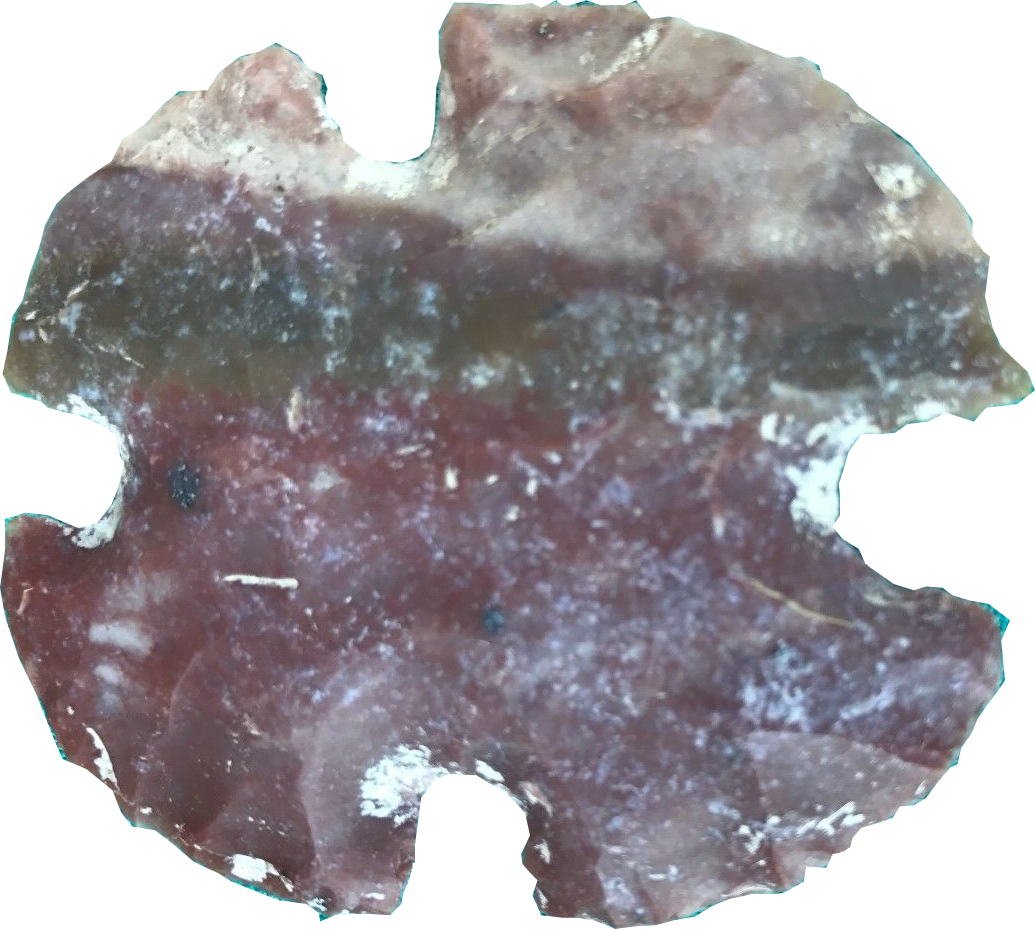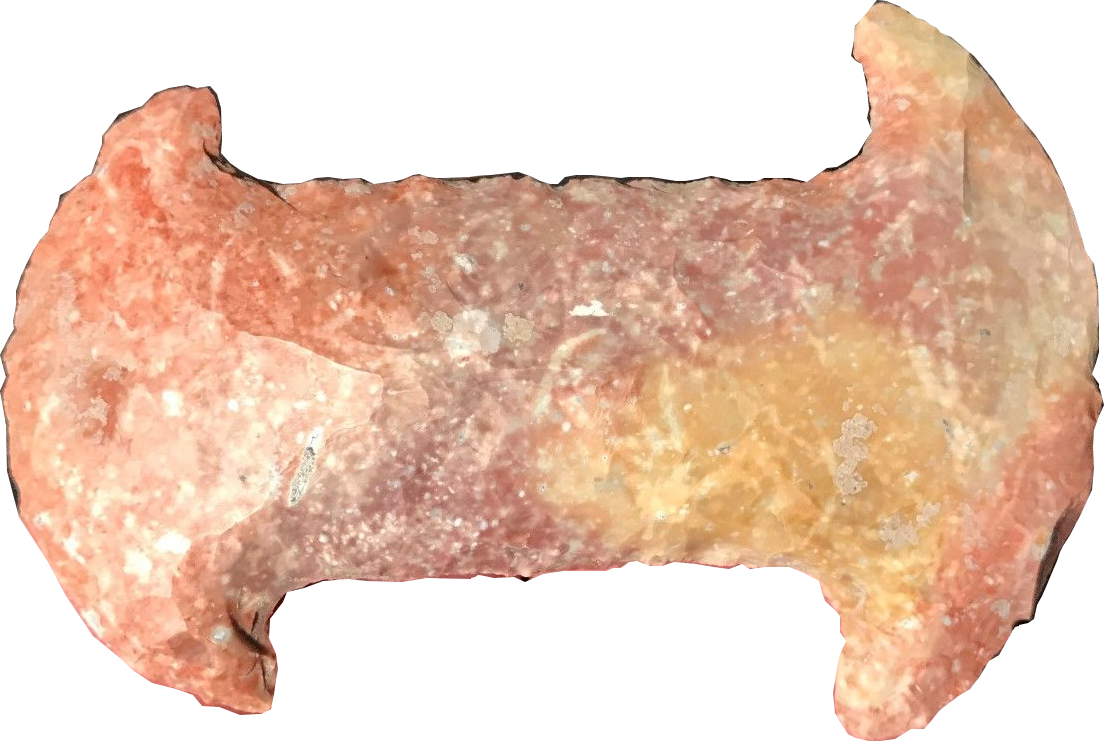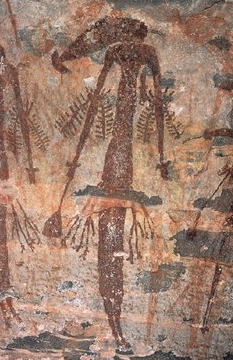Ancient Psychedelia: Alien Gods & Mushroom Goddesses
Online Book - Chapter 1, Page 4
Back to Online Book Mainpage / Next Page (Chapter 1, Page 5)
| The A. muscaria grows on the same birch trees that the Fomes fomentarius grows on, and the use of fire transportation most likely developed around the same time that early humans were using the A. muscaria. Fomes fomentarius is stripped of the hard-shell layer and the inner part is boiled in water and then it’s dried. This then becomes a highly flammable portable fire starter and so only the slightest friction can cause a spark and can be used to keep the punk going for many days or weeks or even years. In the cold winter when the warmth would disappear, the fires might go out and this was the way they were preserved and started again. The following quote is from Sherwood Washburn, Social Life of Early Man: “The best tinder available to the northern inventors of regular fire making was dried Fomes fomentarius, the shelf fungus found on birch; it bursts into flame when hit by a hot spark. When flint, a very hard variety of quartz, is struck by a nodule of iron pyrites, pyritic as well as flint sparks are created. Unlike flint sparks, the metallic sparks stay hot. Nodular iron pyrites and worn pyrite hammerstones have been found repeatedly in Neanderthal and sapiens sites. Northern Neanderthals were spear hunters of wooly rhinoceros and mammoth. Discarded meat bones, many split for marrow, many burnt, are common in Mousterian occupation layers. Fomes fomentarius has been repeatedly found with hearthstones and nodules or iron pyrites in Paleolithic sites, some dating back fifty thousand years.” (23) Based on the knowledge of what flint can do, early humans were able to carry fire far off to foreign regions and use it when and where they needed, even in the most remote cold. Once humans discovered the “transportation” of fire, this enabled movement to spread out from Africa and Asia to the rest of the world. It would be this one ability alone which would change the direction of all human societies. It’s very likely that the use of the mushroom coincided with this early knowledge of the use of fire. This may be one reason why A. muscaria is referred to as “fire” often in religious and mythological texts. The mushroom is big and red and cannot be missed when it’s growing next to the birch or pine trees which it grows in symbiotic relationship with. Once humans had begun to actually use their intellect, we not only see fire being made from flint, but cave art and more developed methods of hunting. Some pieces of flint, from the ancient world, actually resemble mushroom shapes we see on later coins and artifacts (79a, b). |
  (79a) - Double Cross Shape (79b) – Double Axe Shape Cave Art & Petroglyphs Some of the oldest cave paintings in the world, are said to date to approximately 40,000 years ago. In the Kimberly region of Western Australia, there are caves which have animal depictions dating back 40,000 years called the Bradshaw artworks (1a).  (1a) Bradshaw Art, Australia c. 45,000-15,000 BC Some paleontologists and archaeologists have dated these at 40-45,000 years old and others, closer to 15-22,000 years old. Either way, the scenes depict clear hallucinatory images which we now recognize as shamanic. These strange looking creatures have what appear to be mushrooms coming out of their heads and hands in some places, though many of the images do not depict this clearly just yet. (23) Russell, Shamanism and Drug Propaganda, p.11; Oakley’s Man, the Tool Maker, 1959, cited in Sherwood Washburn, Social Life of Early Man, 1961 |
Go Back to Page 3